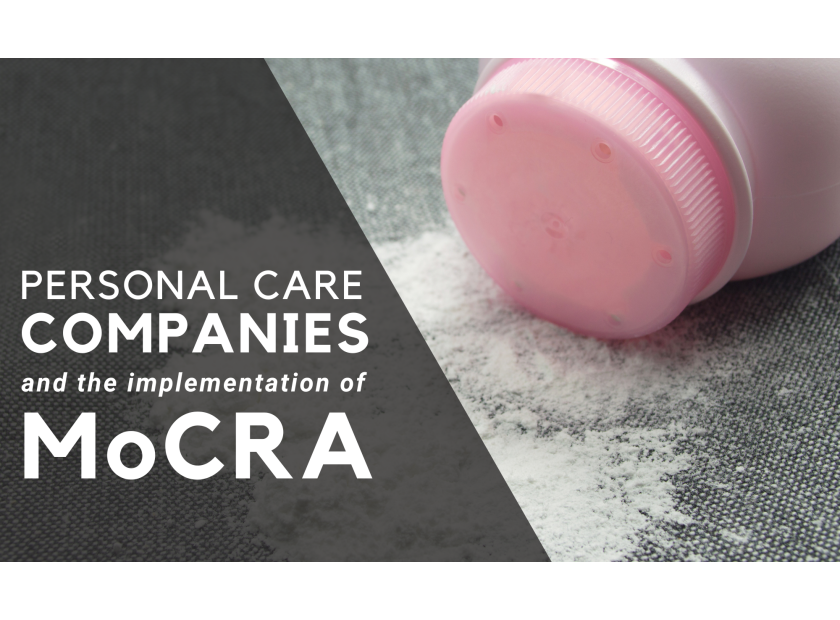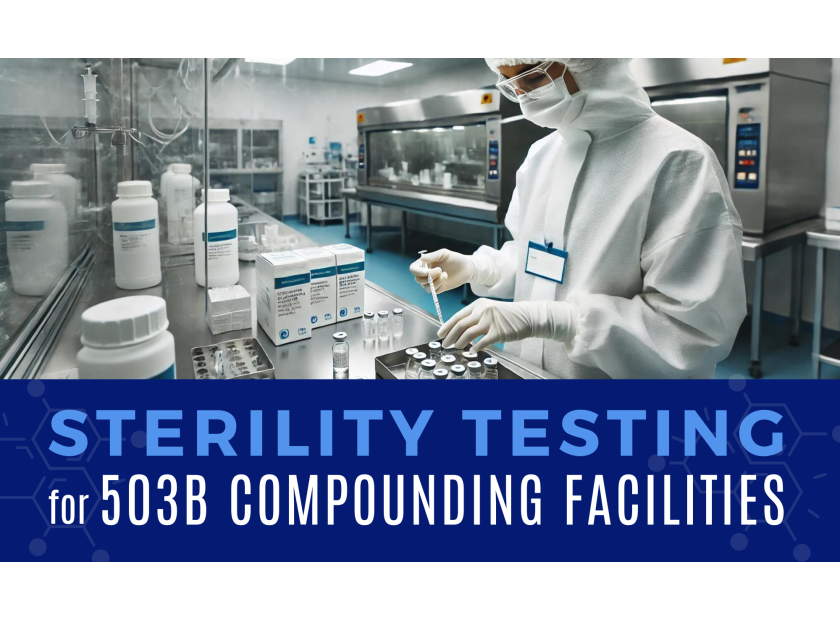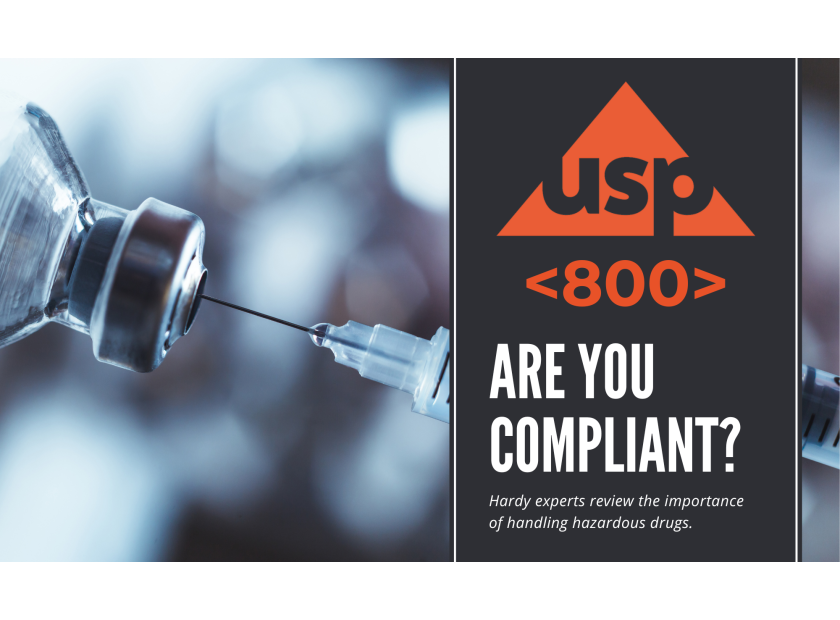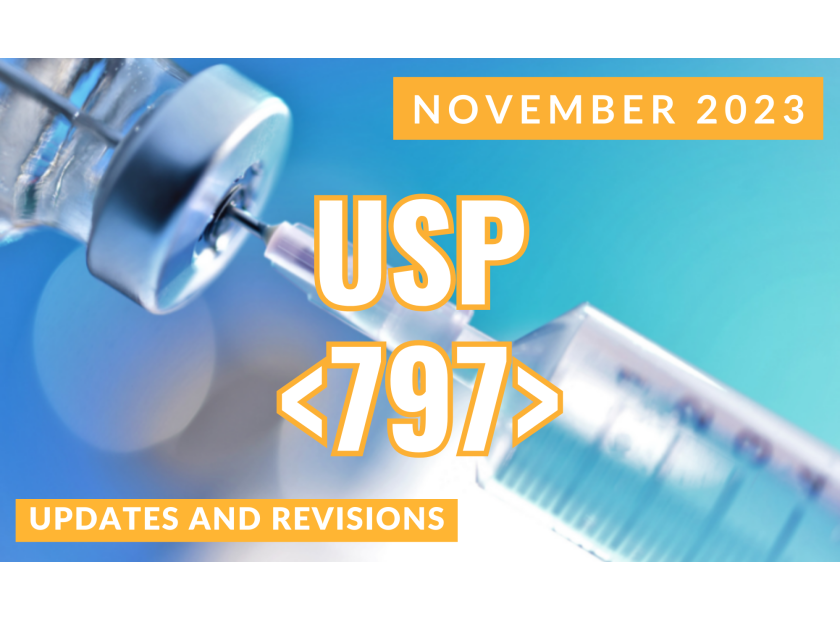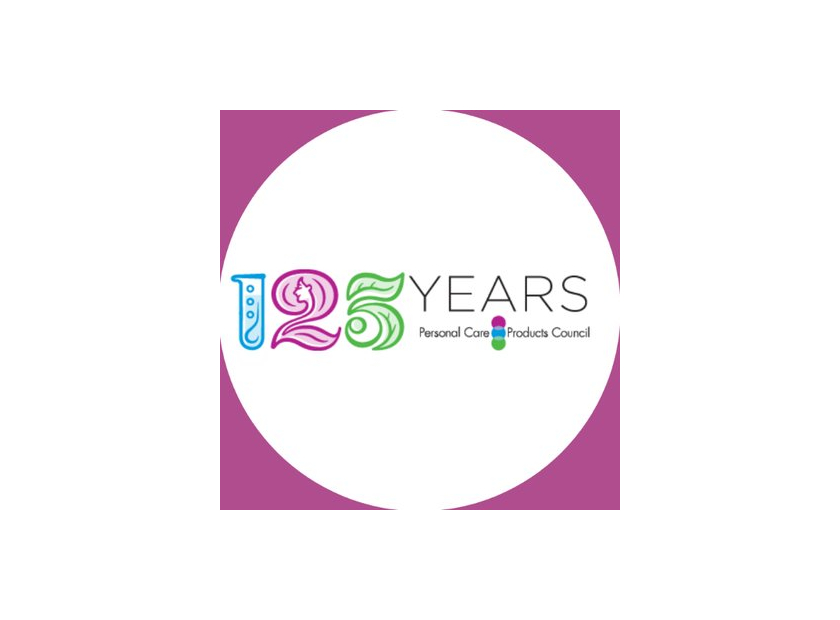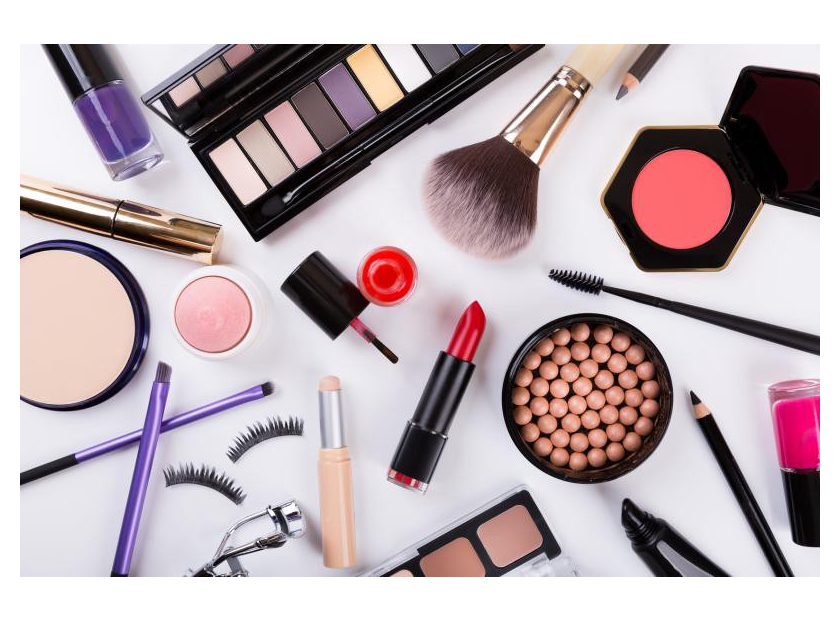Guidelines & Regulations
-
Posted: November 20, 2024Read More
It's been one year since the revised United States Pharmacopeia Chapter <797> was implemented. Over the course of the year, we have received feedback that many teams have faced challenges with the increase in environmental monitoring requirements and frustration over how this has affected their facility. Many pharmacies contract with third-party vendors to conduct their air sampling and other...
-
Posted: October 11, 2024Read More
In December of 2022, President Biden signed the Modernization of Cosmetics Regulation Act (MoCRA) into law, ushering in new regulations that significantly expanded the authority of the FDA over personal care companies. There have been years-long efforts to increase the FDA's oversight of the personal care and cosmetic industry, stemming from growing concerns regarding product safety. In 2018, there...
-
Posted: September 16, 2024Read More
When performing Growth Promotion on new batches of media, one of three plating techniques can be used: Spread Plate, Pour Plate, or Membrane Filtration. Each method aids in enumeration of the cells in the inoculum, but each is different in technique. Below we offer our Top 5 Best Practices for each plating method to help you ensure proper growth promotion of your agar media...
-
Posted: August 21, 2024Read More
A 503B compounding facility, also known as an outsourcing facility, is a type of pharmaceutical compounding business that operates under section 503B of the Federal Food, Drug, and Cosmetic (FD&C) Act. The concept of a 503B pharmacy was introduced with the passage of the Drug Quality and Security Act (DQSA) in 2013. These facilities can manufacture bulk pharmaceuticals and are the only pharmacies...
-
Posted: July 17, 2024Read More
Personnel are a significant source of contamination in aseptic manufacturing, and reducing human intervention in critical zones is essential to ensure higher product purity. Isolators and RABS (Restricted Access Barrier Systems) work to control contamination during pharmaceutical production. Because these systems are equipped with a variety of sophisticated protections and physical barriers, they can...
-
Posted: May 06, 2024Read More
Environmental monitoring (EM) in pharmaceuticals refers to the process of assessing and controlling the environment within manufacturing facilities, particularly cleanrooms, to ensure that they meet cleanliness and safety standards, as even minor environmental contaminants can compromise product quality and safety. ...
-
Posted: March 25, 2024Read More
It's important to be familiar with the guidelines outlined in USP <800> for employees who work or manage a healthcare facility where hazardous drugs are handled. USP <800> requires healthcare facilities to develop comprehensive policies and procedures for handling hazardous drugs, including exposure control, storage, and waste disposal.
Following...
-
Posted: October 17, 2023Read MoreComing November 1, 2023, several updates to the USP <797> guidelines will go into effect, bringing significant changes to the practice as well as your facility. Cost of additional supplies, increased points of failure, as well as more time required to manage competencies will all be new challenges to consider...
-
Posted: September 10, 2019Read More
Self-policing has long been the standard for the industry, although
several entities have a say in what constitutes Best Practice in the
manufacturing and production of cosmetics and personal care products.The FDA’s (Federal Food, Drug, and Cosmetics)
oversight is mainly focused... -
Posted: May 14, 2019Read More
The English
translation for the French phrase “Il
faut souffrir pour etre belle” is: “You must suffer to be beautiful.”
Throughout history, the definition of beauty has changed from one era and
society to another. A decade of shaved and precisely drawn in eyebrows gave way
to a natural, full and almost unruly look. Glued on mouse fur brows were once
...



